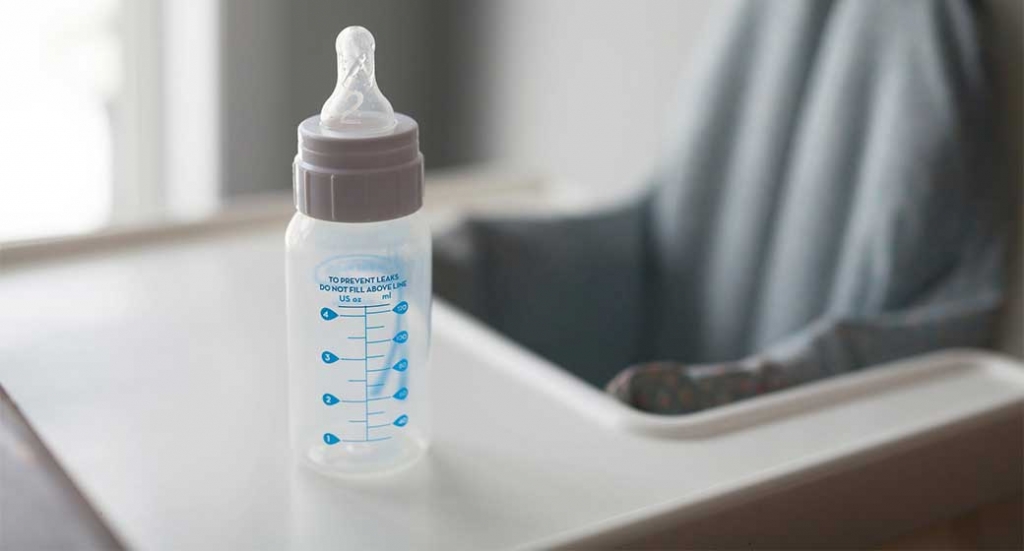If you use high chairs in your restaurant, this is news you will want to follow. The Consumer Products Safety Commission (CPSC) has approved new high chair standards set to go into effect on June 19, 2019. The new guidelines were developed by ASTM International (the group formerly known as the American Society for Testing and Materials). The ATSM is a non-profit group that works with manufacturers to develop safety guidelines and standards. The guidelines are known as the ASTM-F404-18 standard and have been adopted by the CPSC.
This effort has been underway for over 3 years. The CPSC finally adopted these standards this week. If you are interested in delving into the entire set of standards, you can view the Safety Standards for High Chairs document published by the CPSC. However, there are really just a few important points to note (which we will cover here).
According to the standards, a high chair is defined as “a free standing chair for a child up to 3 years of age which has a seating surface more than 15 in. above the floor and elevates the child normally for the purposes of feeding or eating.” Some high chairs include a tray while others do not. Following this definition, things like booster seats for children or seats that attach to the table (i.e. not free standing) are not covered by these standards.
Changes to the Standards
The new standards address the following areas:
- Rearward stability (to prevent the chair from tipping over backward)
- Better warning labels about tipping hazards
- Requirements for a passive crotch restraint
- Requirements for an active three-point restraint system
- Product registration for potential recall notifications
Obviously, safety is the primary concern here. The standards apply to high chairs manufactured both in the US and those imported from abroad.
High chair manufacturers are already gearing up to address the standards changes. For example, Koala Kare Products already has several models that comply to the standard. They also state that more are on the way.
What Restaurant Owners Need to Do
The new standards do not require restaurant owners to replace their current high chairs. However, restaurants should be aware of the new regulations. Customers may also ask about the new standards and whether the restaurant’s high chairs are in compliance.
Unfortunately, it is hard to discern whether a specific high chair is compliant because there is no uniformity in labeling across the industry. Restaurant owners and consumers
Restaurant Hospitality spoke with Nancy Cowles, executive director of the consumer-protection-focused nonprofit Kids In Danger.
“The standards affect things you might not see, so you’d have no way of knowing,” she said.
The information in the report provides statistics on the number and type of injuries reported involving a high chair. The most common issue involves falls from high chairs. This includes incidents of high chairs tipping over as well as incidents where a child was able to climb out of the chair.
The standards collect metrics for high chairs used both at home and in restaurants. From 2011 to 2016, there were over 18,000 high chair-related incidents reported. Restaurant incidents accounted for approximately 1600 injuries.
Those are sobering statistics. But with the new standards in place, restaurant owners rest a little easier knowing that they have the safest high chairs available to protect their youngest customers.
>> Shop for High Chairs & Booster Seats >>



